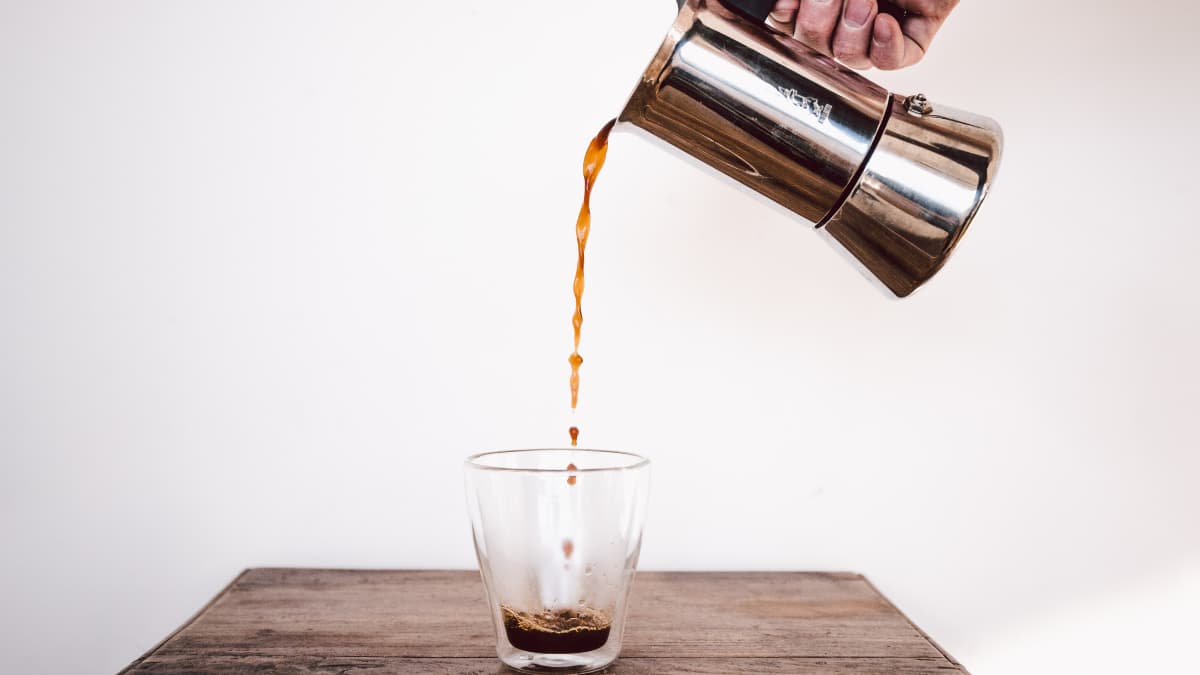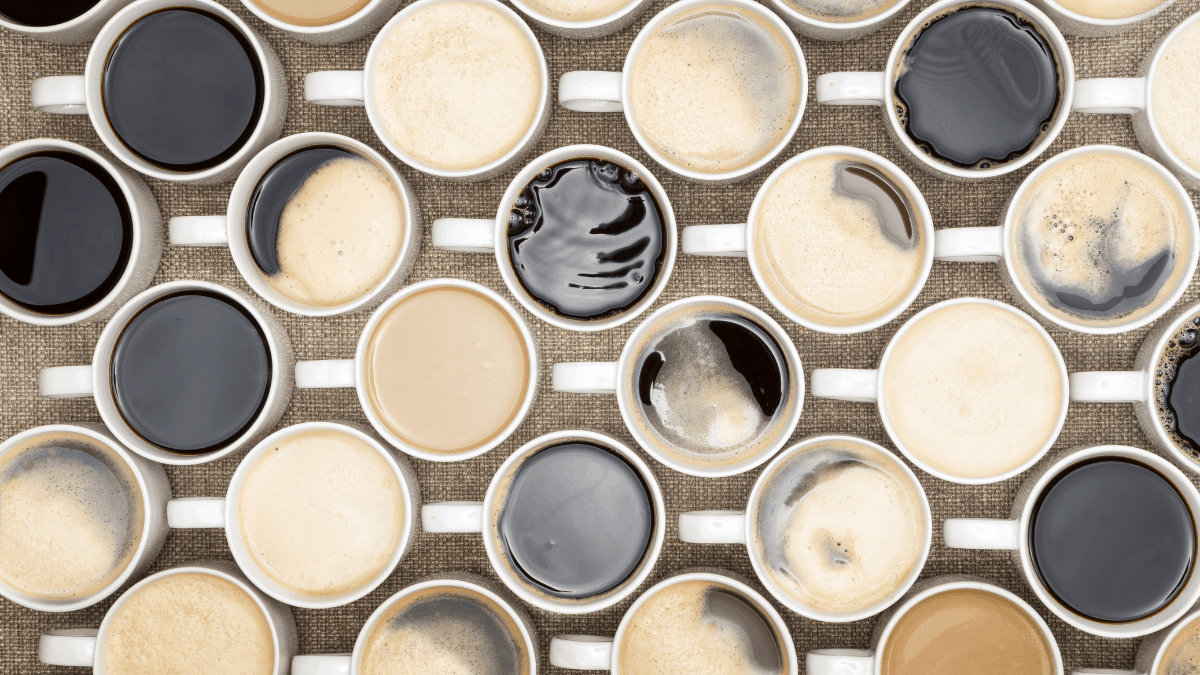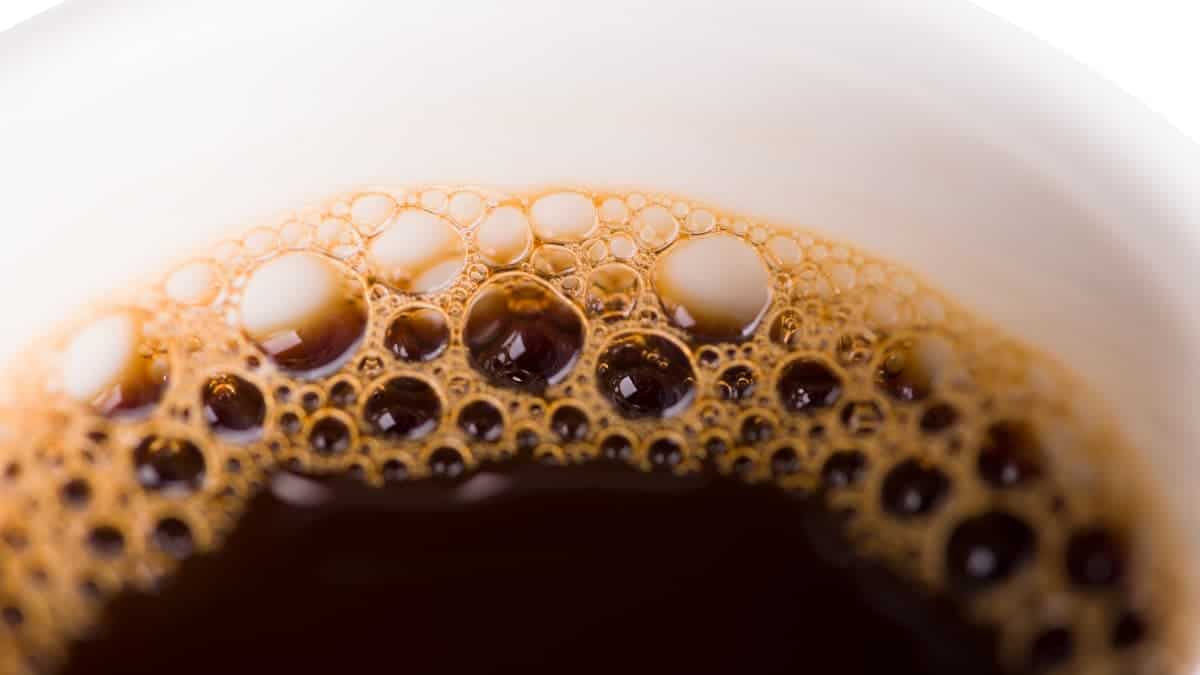How long is brewed coffee good for?
It happens to everyone from time to time: you make a pot of coffee, serve yourself a cup, and then life interferes. By the time you get back to your cup of coffee, your brew is cold and just doesn’t taste as good.
But how long does it take to get to that point? And how long is your brewed coffee still good enough to enjoy?
We’ve got the answer for you, along with some tips to keep the pick me up on your menu fresh, so keep reading.

How Long Is Brewed Coffee Good For?
To some degree, you can extend the life of your brewed coffee by controlling the factors that make it go stale.
But if you’re just relying on a glass container or the pitcher that comes with your coffee maker, you’ve only really got about 20 to 30 minutes on average if you want perfect flavor.
While room temperature coffee is usually still safe to drink, depending on what else might be in it, like milk or cream and sugar, coffee lovers know that it just isn’t the same. Nonetheless, even day old black coffee is safe to drink.
Even if you’re a fan of cold coffee drinks, there’s a specific brewing method to keep the flavor right, and just letting the cup sit out is just going to end in disappointment.
The good news is that you can ensure your brewed coffee stays fresh for longer with a thermal flask: around 2 to 6 hours on average, a huge improvement.
Coffee lasts longer in an insulated flask or pitcher because these products prevent the primary cause of coffee going stale: oxidation.
By slowing down the change in temperature and reducing air exposure, you’ll get the maximum life out of your hot coffee. But that brings us to another question: what is oxidation, and why does it matter?

What Is Coffee Oxidation?
Freshly brewed coffee is full of flavors and aromas–but those tend to run away quickly, leaving you with stale coffee that no coffee lover would want to gulp down. The reason for this is oxidation, but what exactly is coffee oxidization, anyway?
Oxidation is the same process that makes iron rust and that makes silver tarnish. Through exposure to heat, light, and most importantly, oxygen, different compounds break down and dissipate. Roasted coffee comes under attack from the elements the second it comes out of the bag, which is why roasters take care to store coffee beans in a vacuum-sealed, airtight bag.
Coffee beans are especially susceptible to oxidation due to the same qualities that make them so delightful: the oils and flavor compounds are potent but volatile. They’re highly soluble in water and air alike, so exposure to air pulls those compounds out of the coffee beans or causes them to break down.
The fact that the flavors in coffee are highly soluble is a good thing when you brew coffee, but it also means that coffee beans go bad quickly even before brewing. Ground beans are particularly at risk for breaking down because of increased surface area. The more exposure the coffee grounds have to air, light, and moisture, the quicker it breaks down–and the poorer the quality of your brew.
When it comes to avoiding stale coffee, there are steps you can take before you brew and those you can take after, to slow down oxidation and ensure each cup of coffee is as good as possible.
Make sure to store your beans in an opaque, airtight container away from heat and grind in small batches and only when you need to for the best results.
After you brew, the goal is to extend the life of your pot of coffee by limiting exposure to air and temperature changes. It is possible to preserve your brew by putting your coffee in the fridge, but that coffee won’t be as good as freshly brewed.
Putting coffee in the fridge will slow down some of the effects of oxidation, the same say that it slows down food spoilage. But the old coffee will never taste as good as the fresh, even after just a short time in the fridge. The fridge also opens up the possibility of your coffee taking on weird tastes from one thing or another that might be in there with it.

Avoiding Bitterness
Old coffee doesn’t just taste flat and dull. It can also taste bitter, which is why no one wants it in their cup.
Keeping the bitter notes out of your coffee mug comes down to a few things, including how you’re brewing, how you treat your coffee pot and the way you store the coffee before you drink it.
Old coffee tends to have a bitter taste because of a chemical reaction between the coffee compounds and the oxygen and hydrogen that make up water.
Over time, the same liquid that you used to brew your cup of coffee continues to react chemically to the compounds in the coffee grounds, increasing the acidity and making it more bitter.
This effect is especially strong if the coffee starts out bitter in the first place. If you brew for too long or don’t grind it to the right size for the brewing method, or don’t use the right ratio of beans to water, you’ll immediately end up with bitter or watery flavor in the cup. Often, no amount of milk will mask the taste of a badly-brewed drink.
To avoid this, you’ll want to make sure that you’re doing everything right from the beginning. The right grind, water ratio, temperature, and brewing time will depend on the process you’re using, so take care to know what’s best for the method you have in mind.
But even if you get everything right from water to beans ratio to temperature, the grind to brewing times, leaving your coffee in the carafe without any intervention against the factors that cause oxidization will result in a bitter cup. So how can you keep your coffee longer?
Get A Thermal Flask
The answer to the question of how to keep your brewed coffee fresh for as long as possible is to invest in a good thermal flask.
A thermos or other insulated vessel does for your cup of coffee what the airtight, opaque canister in your kitchen does for your coffee beans before you brew them.
There are a few key features of a thermal flask or thermos that protect the taste of your coffee. The first is the fact that most thermal containers have an airtight seal, just like a good canister for your coffee beans. The seal means that air won’t get into your coffee, slowing down the process of it breaking down.
Insulation Is Essential
The insulation built into thermal containers helps to prevent your drink from going cold, which also helps to slow down the breakdown of your cup.
The structure of a thermos or similar product helps to keep the contents at the same temperature, making it as good for cold brew as it is for hot coffee, whether you add milk or not.
There are a lot of options out there depending on your needs because coffee lovers are all looking to get the most out of their coffee. In addition to multi-cup flasks, you can stave off old coffee with mugs designed to keep it hot and limit exposure to air. That way, whether you want a drink all day or just for the commute, you’ve got a solution.
Summary
Either grind your beans and drink your coffee near immediately, or grab a thermos to keep your coffee tasting good for longer.
While no thermal flask is going to be up to keeping your coffee good for 24 hours, you can extend the life of your coffee for up to 6 hours, depending on how good of a product you buy.
If you like to brew your coffee less often, a flask or other thermal vessel is a good way to prevent oxidation and cooling, which means your drink stays as close to perfect as possible.

